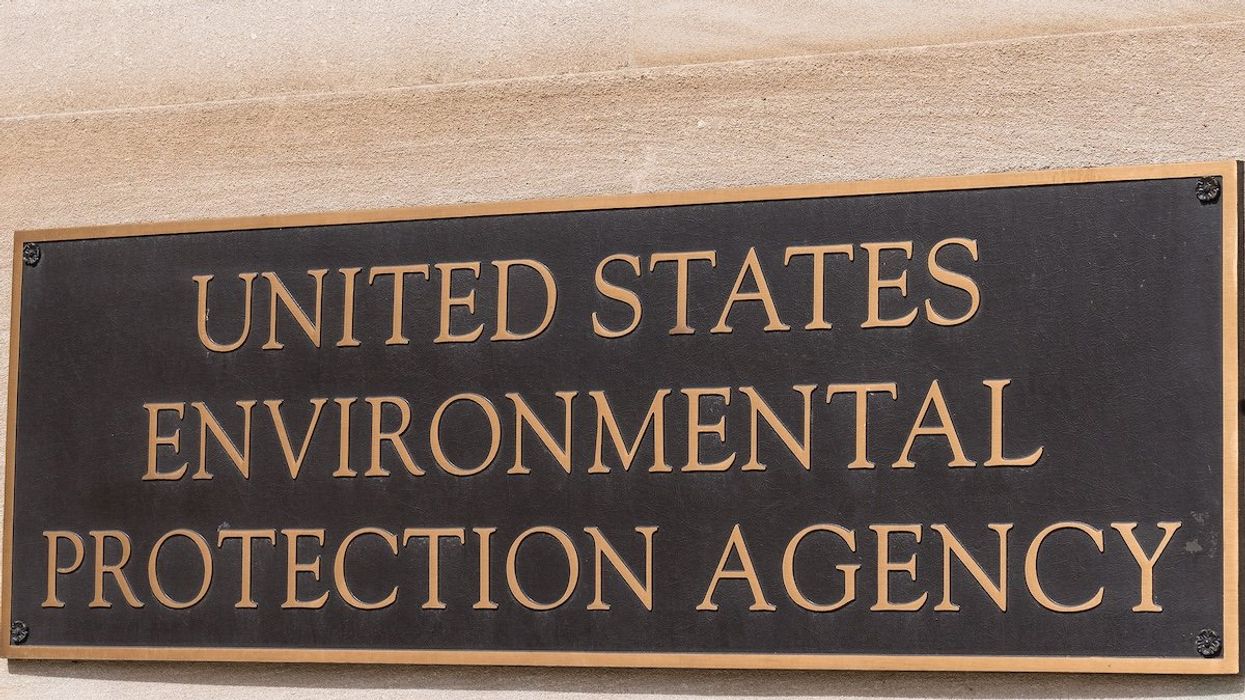This is the story of how our physical environments in every community are currently under siege from endocrine-disrupting chemicals in our midst.
This is the story of how the introduction and inundation of hundreds if not thousands of chemicals have literally changed—and by that I mean damaged—the bodies and brains of millions of people.
It's the story of how many of the diseases may not yet visibly affect adults but will impact their offspring a generation or more in the future.
It's a story that shows how the surface of the communities we call home —regardless of whether these communities are urban, suburban, or rural—hides a pernicious threat to the health and futures of our children and grandchildren.
Is all this simply the result of First World living? Yes and no.
Many of these diseases have been attributed to sedentary lifestyles; processed, sugar-laden hyperpalatable foods; lack of exercise; and lack of access to fresh fruits and vegetables. Sequencing the human genome has made it possible to identify some of the origins of chronic diseases such as diabetes and obesity; brain disorders such as ADHD and autism; and reproductive conditions including endometriosis, low sperm count, and both male and female infertility.
However, the closer we look, the more complicated the picture appears. Studies have shown that environmental exposures can modify the expression of genes (without changing the coding sequence), leading to diseases and dysfunctions. This suggests that there are other factors, so far hidden, triggering such a profound increase in these so-called lifestyle disorders.
What we now know, through rich and varied research from all over the world, is that among the hidden factors are environmental exposures to chemicals that have leached into our soil, farms, and food supply; cosmetics, hygiene products, and household furniture; and our outdoor spaces such as gardens, lawns, fields, and recreational parks.
The evidence linking cause and effect is strongest for four major categories of chemicals, but we know of at least a thousand more chemicals that are endocrine disruptors. And this is an underestimate; many chemicals have not been tested and so fly under the radar of both scientists and the medical community.
The chemicals with the strongest evidence of health effects are pesticides, flame retardants, plasticizer chemicals, and bisphenols, which are used to line food and beverage cans.
At first it was thought that these chemicals had to persist in the body to cause harm, like a viral or bacterial infection. Now we realize that though the chemicals themselves are often excreted within a few days, they leave lasting effects.
And here is the scariest piece: the effects of this chemical contact can reverberate years later and even be passed on to the next generation. This is what I call the "hit-and-run" impact of these pernicious chemicals.
They have been shown to have potent, long-lasting, life-altering effects on all of us, but especially babies and young children, whose organs are just developing, including:
• lower IQs,
• obesity,
• type 2 diabetes,
• birth defects,
• infertility,
• endometriosis,
• attention-deficit/hyperactivity disorder,
• fibroids,
• low sperm count,
• testicular cancer,
• heart disease,
• autism, and
• breast cancer.
You may wonder how such a diverse group of conditions can have something in common. They do—and it's a marker of endocrine disruption directly linked to any one or a mix of thousands of chemicals that are not yet regulated by the United States and that continue to be produced and used commercially in hundreds of products.
Although we have not yet studied all of the chemicals that exist in our homes, food supply, and environment, research supports strong if not certain links between these four groups of chemicals and diseases in at least three systems that are essential for good health: the brain and nervous system, metabolism, and reproductive functioning.
Though earlier scientific publications and books had raised the alarm of endocrine disruption, a 2009 scientific statement by the Endocrine Society formally put this issue on the medical and scientific map. The 17,000 members of the Endocrine Society are scientists and doctors practicing endocrinology from 120 countries, making it "the world's oldest, largest, and most active organization devoted to research on hormones and the clinical practice of endocrinology."
In 2012, the World Health Organization and United Nations Environment Programme published a report documenting endocrine-disrupting chemicals as a "major and emerging global public health threat."
Three years later, the International Federation of Gynecology and Obstetrics published its own recommendations, calling for timely action to prevent harm. Later in 2015, a second statement by the Endocrine Society documented even greater scientific evidence—1,331 scientific references—and concern for endocrine-disrupting chemicals and their effect on human health.
Most recently, in July 2018, the American Academy of Pediatrics raised the alarm about synthetic chemicals intentionally added to or inadvertently contaminating foods, urging families and policymakers to act.
These major international organizations are making it loud and clear: the evidence continues to grow and grow; now is the time to take concrete steps.
Leonardo Trasande, M.D., M.P.P., is an internationally renowned leader in children's environmental health and a tenured associate professor in pediatrics, environmental medicine, and population health at New York University. Follow his work here.
Excerpted from SICKER FATTER POORER© 2019 by Leonardo Trasande. Reproduced by permission of Houghton Mifflin Harcourt. All rights reserved.

















